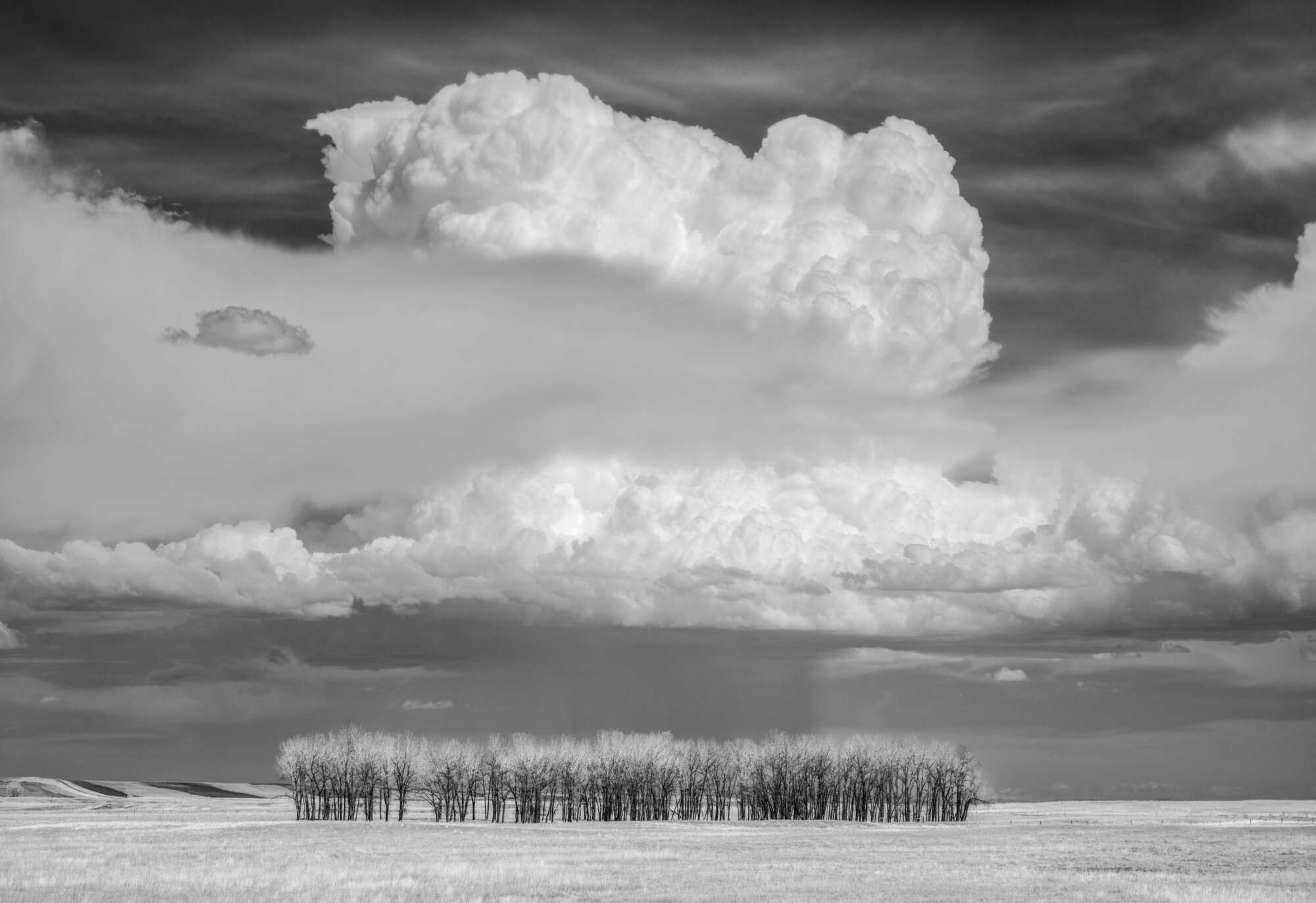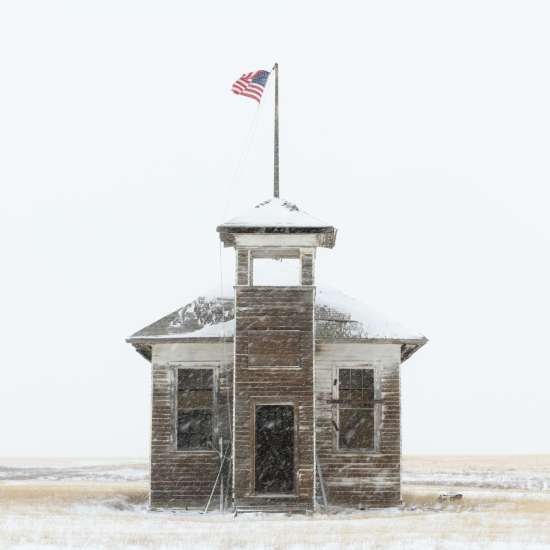
Ghosts on the Winter Plains
International Tours
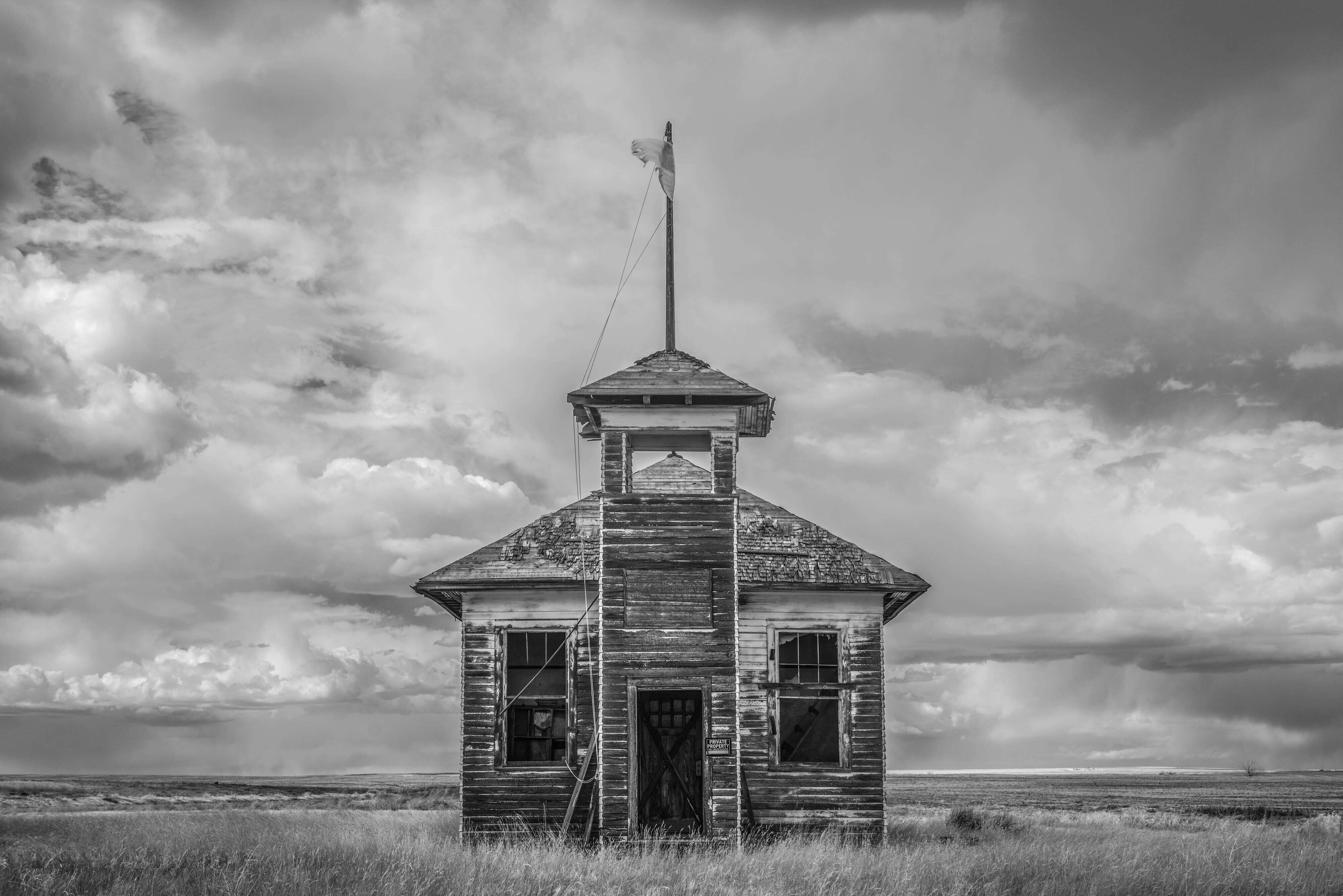
Paul Gallagher
This however changed when I made my first trip to the High Plains of Montana and the Dakotas in the USA recently. Strangely, I have been somewhat fascinated by the open, flat vastness nestling beneath huge skies for many years. For a photographer that is dizzy with inspiration beneath mountain spires, lakes and at the coast, this place could not be further from the norm for me. Along with the landscape, the remains of times long ago also had me returning to the pages of many books again and again to gain an appreciation of why this was. Where and why did everybody go, or more importantly, why did they come in the first place?
Prior to 1900, the High Plains of the USA were generally regarded as a bleak wilderness, not suitable for settling families or communities. This was all about to change when the powerful railroad companies wanted to extend their tracks across these vast plains and the trains needed to be serviced regularly for this to succeed. The federal and state governments of the time gave the railroad companies millions of acres of land and they wanted to get on with the job. A massive campaign was launched by the railroads to attract incomers and promised virtually free land in the vicinity of the railway lines where they could farm and become prosperous, and come they did!
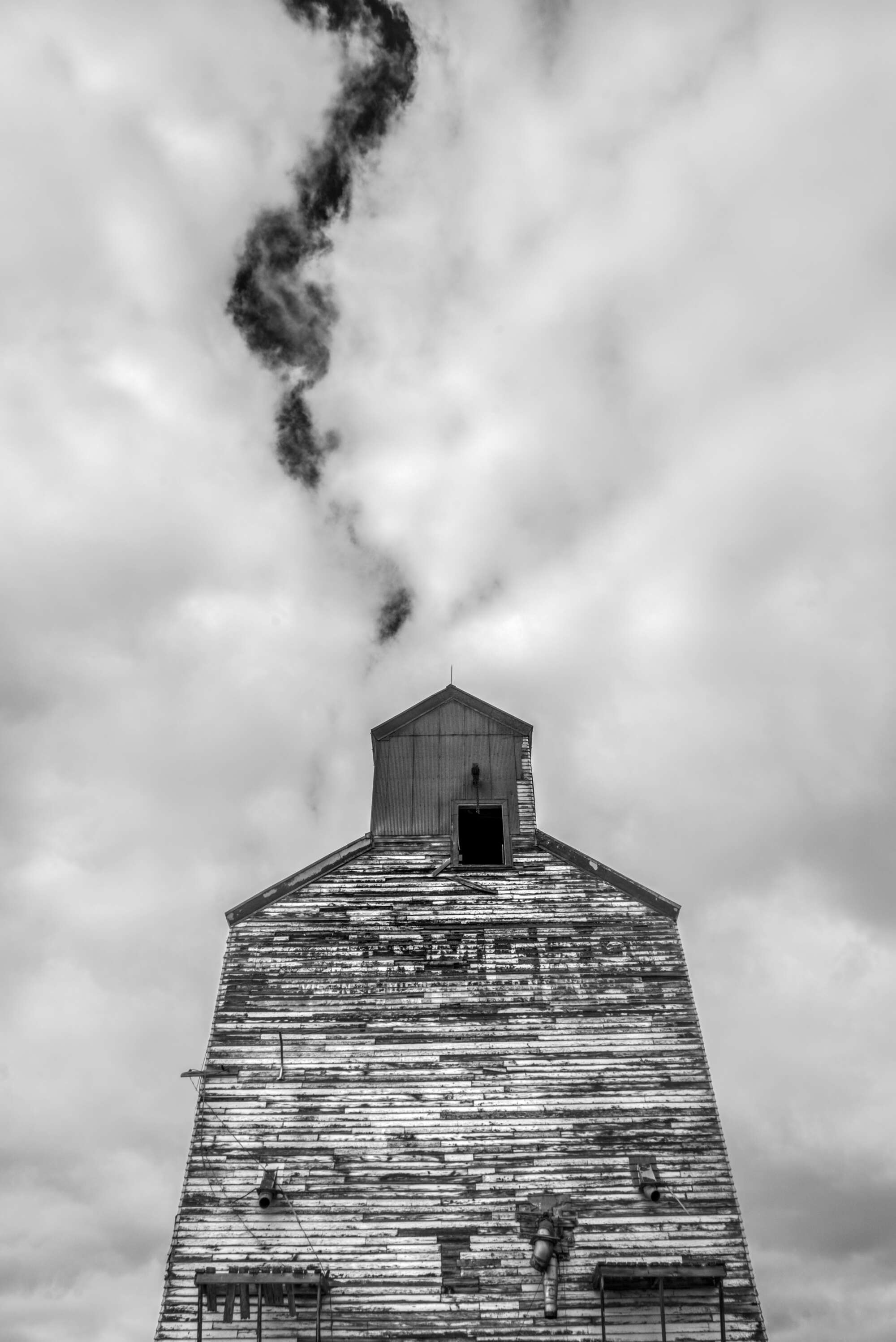
It was soon realised that life would be hard, even if they had been enticed there from the squalor of overpopulated cities else ware in America. The seasons were one of the biggest challenges of these settlers. The winters were extremely harsh and were followed by baking hot summers in which crops suffered, along with the seasonal risk of tornadoes which are still part of life here to this day.
It was clear that these communities were incredibly vulnerable and when changes ensued such as post war commodity prices falling, banks collapsing and modern farm mechanization, it would only be a matter of time before large portions of these communities would become unemployed and then the out-migration began. With land and houses being almost worthless, people simply left and it is a result of this tragic story that we see the landscape and its remnants as it is today.
A lesson I quickly learned was, no matter how much I had studied maps to gain an understanding of the scale of this landscape, its size and the distances I needed to travel were vast. Driving is not at all difficult though. The roads are generally in wonderful condition and can stretch for many miles in a straight line. Literally!
It was not unusual to travel 50 miles or more and hardly see another vehicle or signs of human life. The driving gave me my first opportunity to understand what I was going to photograph and how I had to adapt to the differences in the landscape that I had never experienced before. You can see for miles. Sounds like an obvious statement, but our distant vision in most of Europe is often limited by mountains and valleys in the landscape, and certainly by buildings. Because of the expanse of the High Plains, both the land and the skies stretch to the horizon and I soon became transfixed by the interaction of clouds, skies and light on the land. It was a constant and dynamic theatre of light.
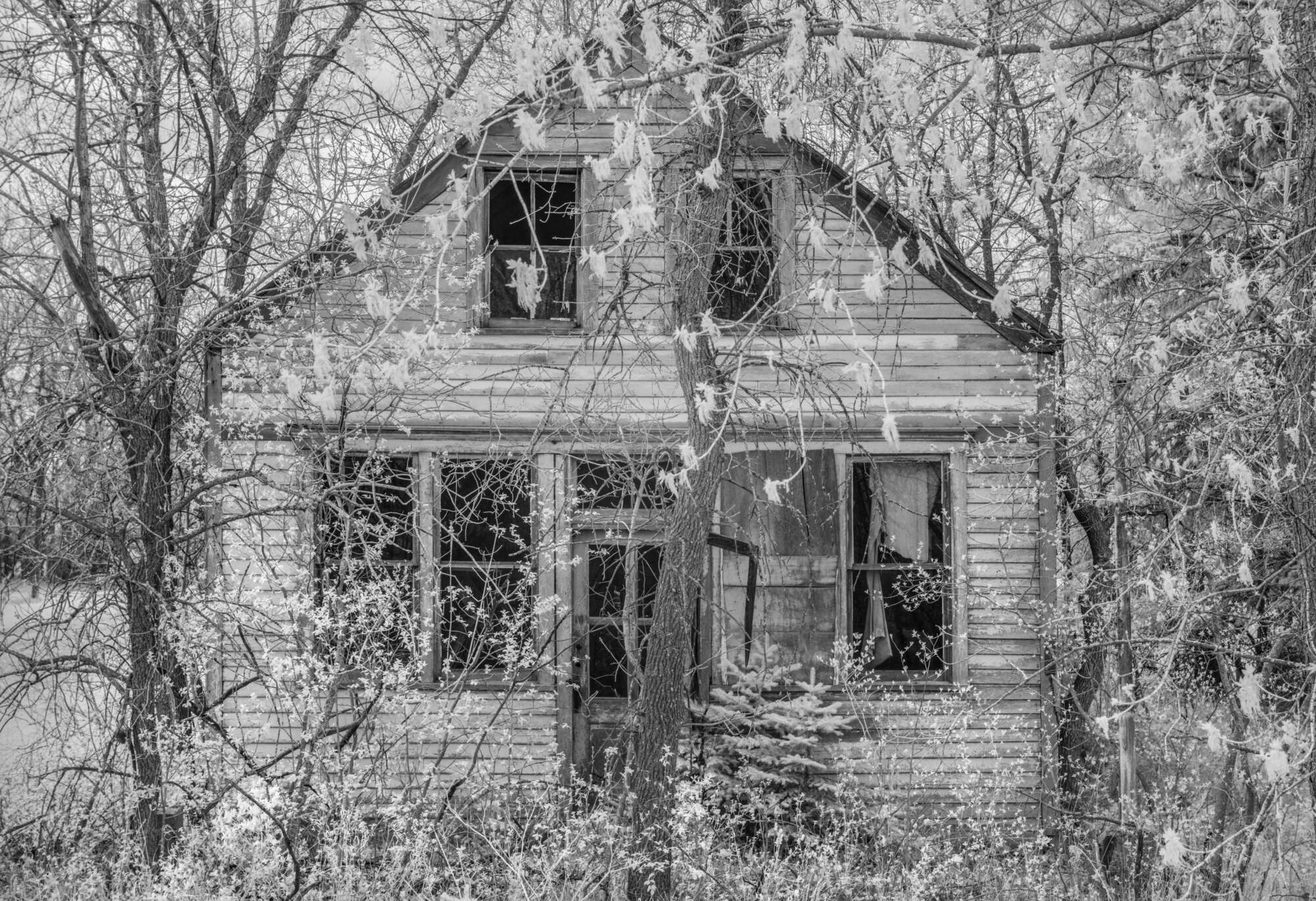
The plan was to drive to locations that were once occupied by the farming communities and explore and photograph the fragments that remain. I was expecting the results of the mass exodus to leave entirely unoccupied ghost towns but this was often not the case. Pulling off the dust roads onto the old settlements, it soon became apparent that people were there, clinging on to an often meagre existence amidst the dereliction of the past. More often than not the people were friendly and simply inquisitive. It is difficult to describe the moment you stop the car and get out knowing that there are several run down shacks with pick-up trucks parked outside, clearly occupied.
To add the slight trepidation of the moment was the absolute silence once the car engine is switched off. With no roads close by and being surrounded by grasslands, there are very few sources of sound. Apart from the warm winds that pass across the landscape, all that you can hear are your footsteps and the occasional dog barking announcing your arrival. One must understand in the USA that trespassing is taken seriously. Even though many of the buildings are decaying and way beyond repair, they remain the property of someone and the words “NO TRESSPASSING” on signs and attached to doors and fences were ubiquitous.
Often the most sensible approach was to stay out of the buildings, even the ones without signs, and photograph from the track-side. If people did approach it often resulted in a polite conversation about my fascination with the American history of these lands and I was left to my own devices. Some residents actually invited me into buildings and told stories of their families and the hardships endured. I was guided through houses, churches and abandoned schools by folk who seemed pleased to have a visitor, a person they could speak with and break the isolation of living on the plains, if only for an hour.
The structures that appeared most resilient to the years of abandonment were the churches and schools. These were of course the most important buildings in the communities and were clearly well built. Houses showed the most signs of deterioration and nature was claiming back. Some I saw had mature trees growing right in front of the entrance doors indicating how long it had been since anyone had tried to enter them. Often through the windows you could see clothing hanging and old letters, windblown and curled, simply left on kitchen table. There was a palpable sense of the ghosts of the past. The silence intensified this. The banging of old doors and the creaking of wooden joists, all contributed to the experience.
Old classic American cars and pick-up trucks often became part of these abandoned homesteads. There are no scrapyards to speak of but plenty of land upon which cars could be left. In some places, generations of cars spanning from the early 50’s through to the 70’s could be seen lined up, rotting, being swallowed up by the grasses growing around and inside them. Beer bottles, cigarette packets and bullet holes all contributed to the authenticity of the place.
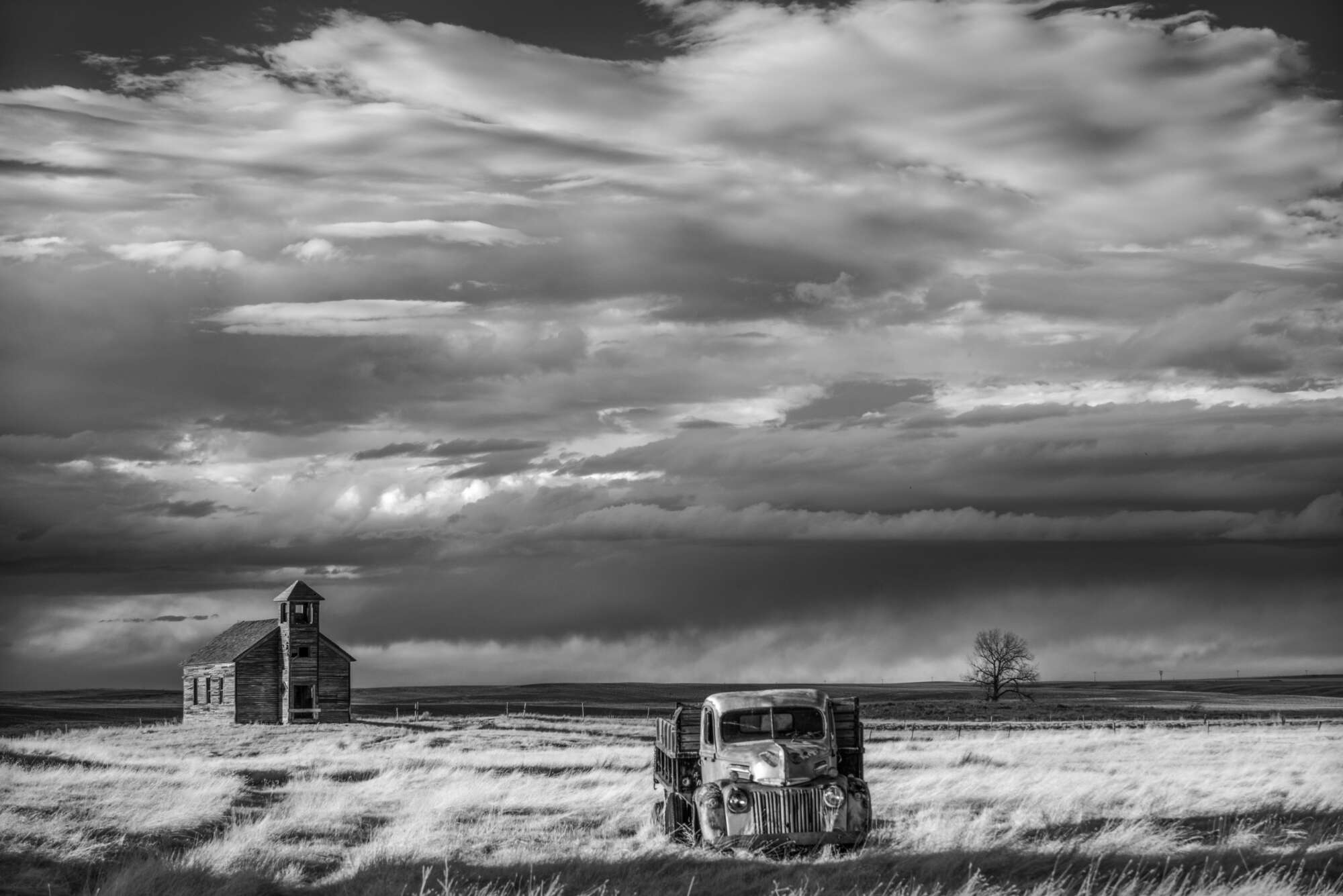
I was less intrigued by the inside of the buildings, but far more by the buildings and their surroundings. I found myself fascinated and photographing how the buildings stood defiantly to this day. They were a testimony of the people who had lived and existed here during very hard times and had been promised a piece of the American Dream which would never last.
Also synonymous, and directly associated with this part of America, were the grain elevators that once supplied the railroads. These tall structures were often the first indications that I was approaching a town or settlement as they could be seen from miles away. As with the homes and schools, they had stood the test of time but showed the scars of the passing of the years and the extreme weather changes that had subjected them to a battering over the years. Often in pairs, they towered above the crumbling-to-the-ground surrounding homes and the railway lines could be discovered in the long grasses at their base.
The objective of finding the abandoned places led me through some of the most beautiful grasslands I have ever seen. Stretching to infinity, I recall the graceful and gentle sound of the breezes pushing through them and the heat of the land absorbing the daylight sun. I was rewarded with beautiful passing storms and rainclouds towering high into the open skies, uninterrupted by land or building. As clouds passed over the sunlight was modulated by the transient weather and often created lattice-like patterns that danced over the immense fields. To experience this was as important as photographing in the homesteads. It was these lands that lured families here in the first place, and they are lands that look the same today, as they did to the first settlers.
Occasionally the open space was interrupted by the presence of cottonwood trees that mostly grew close the occasional river or creak. The only other places you saw any gathering of trees where closer to the towns where they had been planted as a form of protection against the bitter prevailing winter winds.
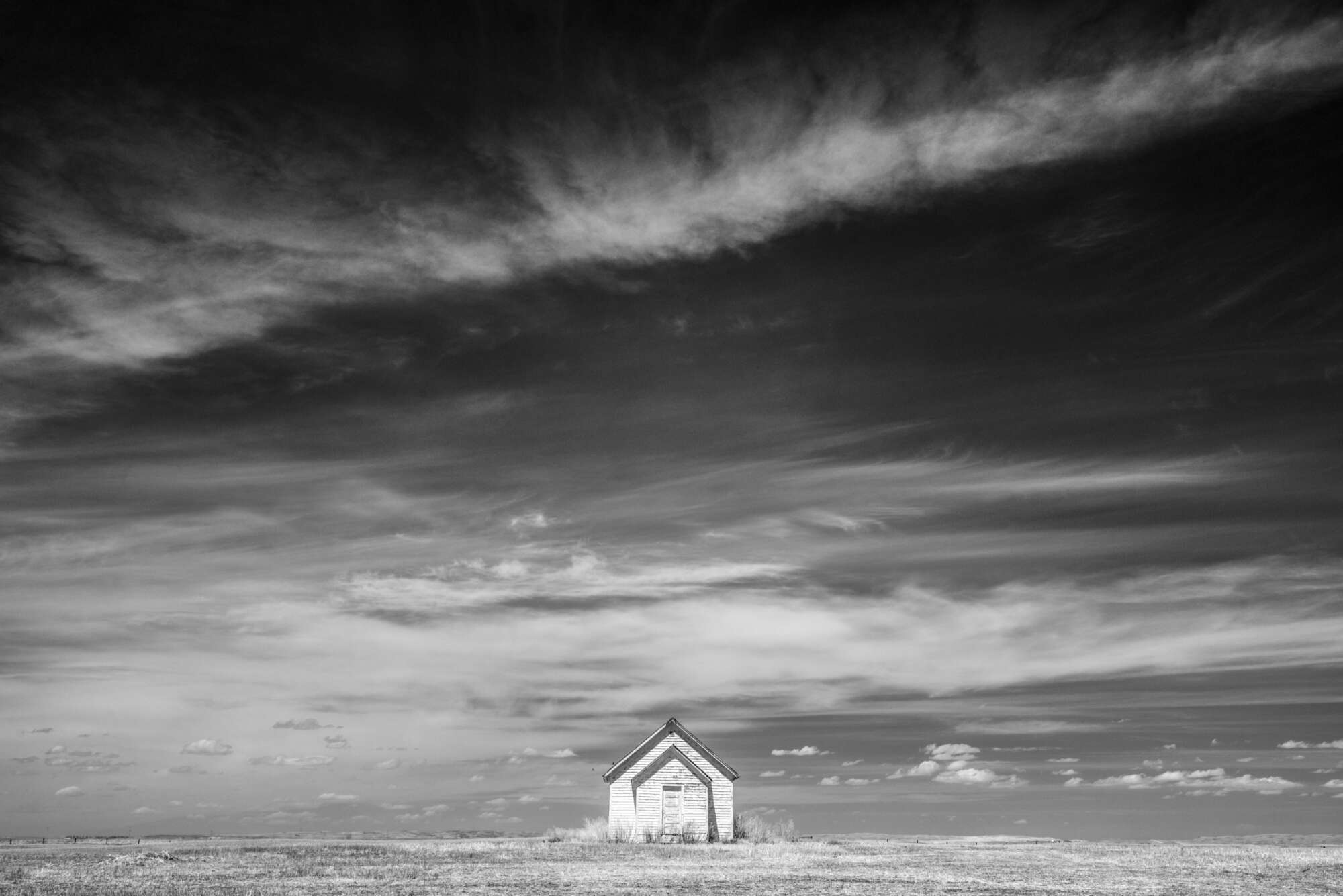
Hardship still presents itself quite vividly on the High Plains today. It can be seen in the people’s homes that nestle amidst the old towns and beside the railroads which bear some resemblance to the dereliction that surrounds them. Occasionally on the road I saw clear signs of wealth with some of the big ranches with gated entrances and private tracks leading to opulent houses. People that had seized, and indeed benefitted hugely, from modern intensive farming practices. Many of the people I met were warm and made me feel welcome. I will be honest in saying I did have concerns about being amongst deprived communities exploring unmarked boundaries, knowing that gun ownership is very commonplace and I was far away from help.
My trip was so different from anything I had experienced before and I found a new inspiration in my work that I shall follow. The open plains themselves are abound with beauty in its simplest form of light and shape which will certainly entice me back next year.
